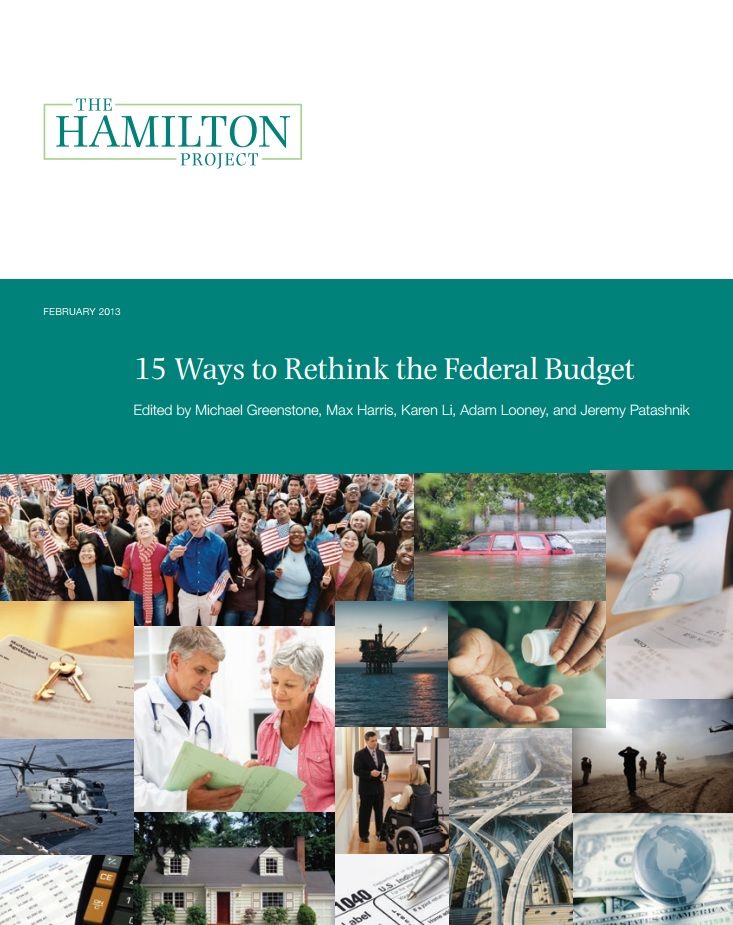
This proposal is chapter three of The Hamilton Project’s 15 Ways to Rethink the Federal Budget, and a segment in An Enduring Social Safety Net.
Introduction
As the federal government considers options for deficit reduction, all eyes are on the Medicare program. Medicare is the single biggest driver of the long-run deficit problem facing the United States. According to the most recent projections from the Trustees for Medicare, our long-run obligations in terms of Medicare exceed the taxes we will collect to finance that program by $42.7 trillion over the entire future path of the program (Board of Trustees of the Federal Hospital Insurance and Federal Supplementary Medical Insurance Trust Funds 2012).
Traditionally, efforts to control the costs of the Medicare program have focused on the “supply side,” changing the method and amount that Medicare pays its providers. There has been much less focus on the “demand side,” using financial incentives to encourage less medical spending by enrollees. Indeed, the most important change in the demand side of Medicare in the past fifty years was the introduction of the Medicare Part D program, a prescription drug benefit, which substantially increased program spending.
Yet efforts both to improve the value of the Medicare program for beneficiaries and to lower its costs to the government would benefit from some focus on the demand side. Medicare confronts enrollees with a very poorly designed set of financial incentives. Some services are provided at no enrollee cost while others expose enrollees to uncapped financial risk, without regard to value. Facing such exposure, most enrollees have obtained some form of supplemental coverage from the government (Medicaid coverage of the “dual” population) or employers (employer-provided retiree health insurance), or have purchased coverage on their own (so-called Medigap coverage or Medicare Advantage plans). Supplemental insurance is typically expensive, and the self-purchased products deliver much less value per dollar of premium than does traditional health insurance. Moreover, because supplemental insurance covers the patient costs of care, it encourages enrollees to consume more care. Supplemental insurance thus induces increased medical spending, the bulk of which is financed by Medicare, and imposes an important fiscal externality on the program.
In this chapter, I present a proposal to address these shortcomings with the existing Medicare cost-sharing structure. I propose a new cost-sharing structure within Medicare that will provide more protection to elders than the existing program, and will save many of them money by removing the costs of supplemental coverage.




